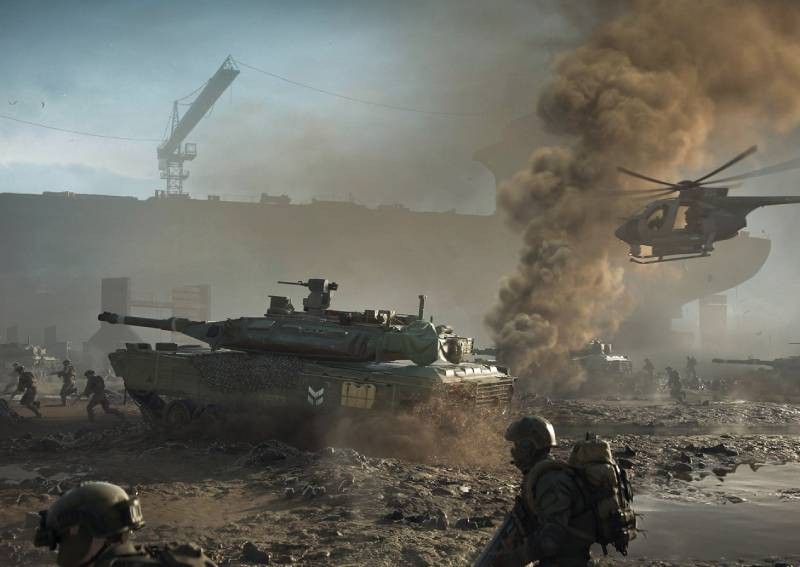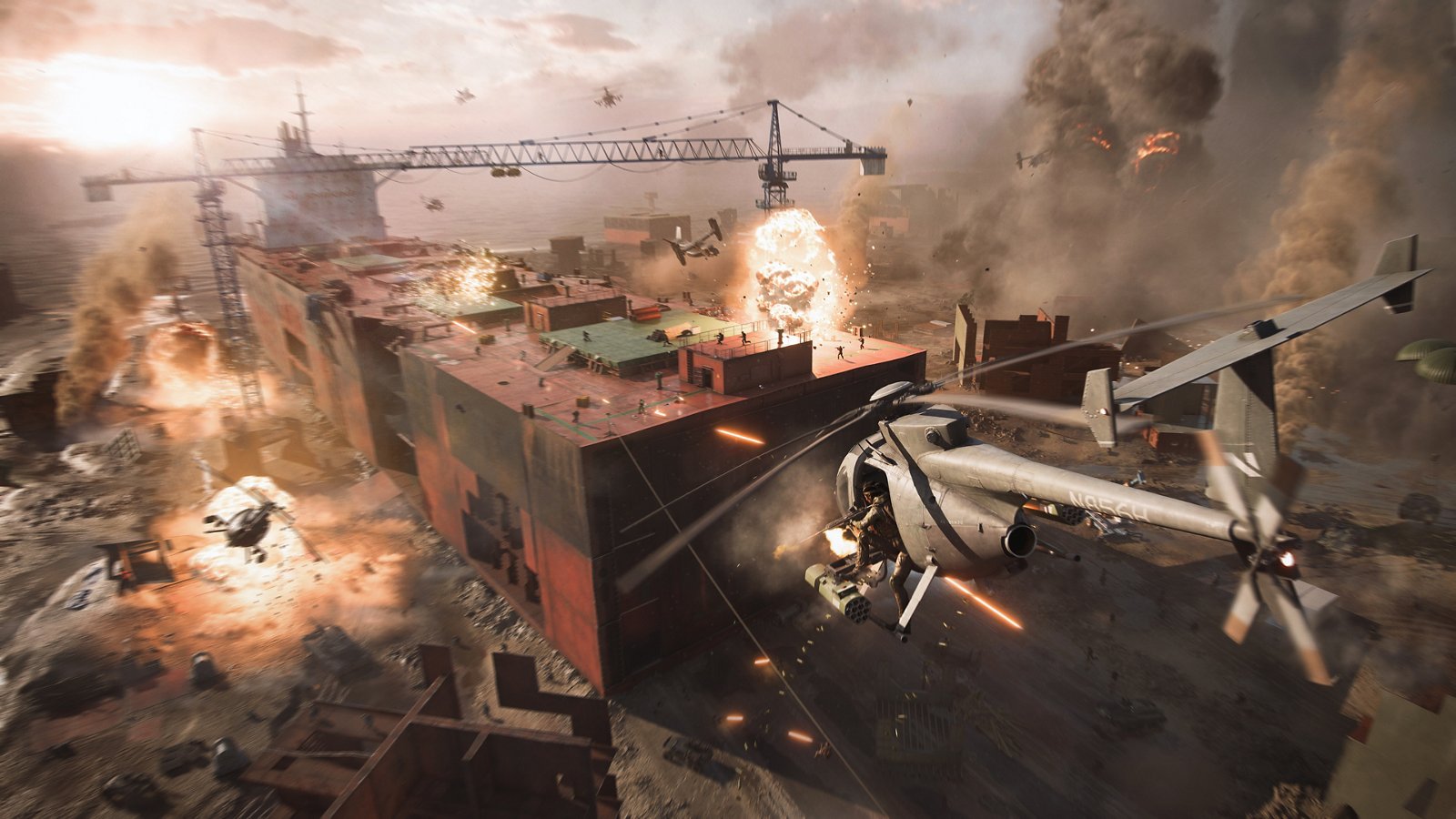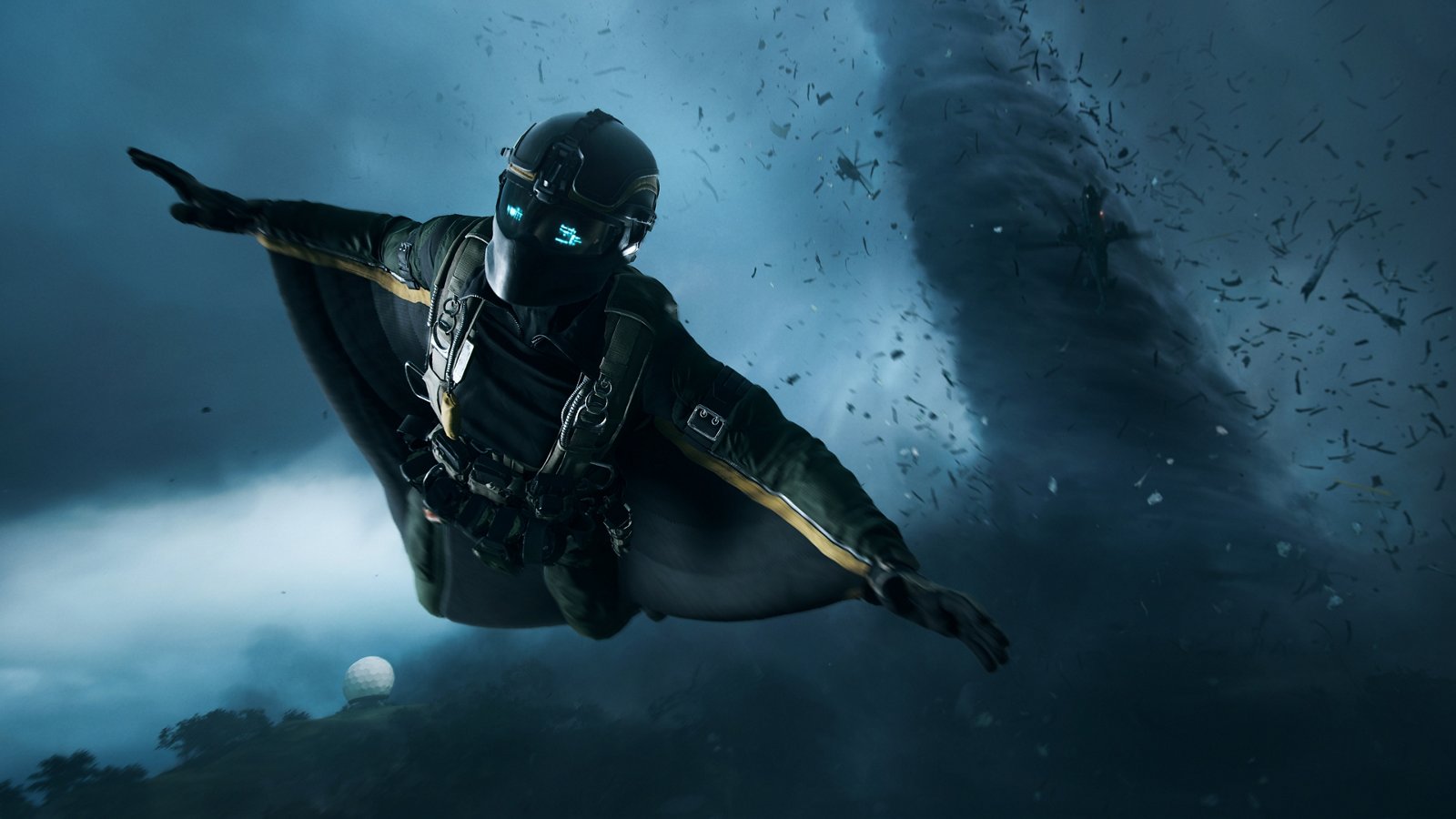Battlefield 2042 focuses on Singapore's bay area in new narrative drop


If you have been following the latest news about DICE's Battlefield 2042, you would already be aware that there is no single-player campaign for the first-person shooter.
What we do have, however, is an overarching narrative told through video and text that also reveals the maps coming to the game.
In the latest addition to the lore of Battlefield 2042, our sunny home of Singapore gets the limelight with the fictional Brani Island.
Part three of the journey of the No-Pats in Battlefield 2042 sees the squad arrive on Brani Island, the state-of-the-art automated seaport found here in Singapore.

While the No-Pats are experts in their respective fields, it would appear that the Singaporian Port Authority (SPA) are no slouches either.
As one of the maps in Battlefield 2042, the origins of Brani Island is a result of the rising sea levels in the 2030s.
The construction of the Sea Wall helps maintain the seaport's function and its position as the central hub of global trade.

It does not take too long before chaos ensues, with the SPA getting wise to the presence of the No-Pats. Robotic Rangers arrive on the scene, while the squad attempts to escape.
Just as the situation threatens to turn bleaker, a No-Pat fleet comes to the rescue and ward off the SPA.
[[nid:536989]]
With Brani Island, Battlefield 2042 is bringing a whole new look to Singapore.
The automated seaport will make for an engaging battlefield, and the potential of environmental destruction and manipulation is immense.
No word yet on whether the Sea Wall or the areas outside of Brani Island would be playable, but Singapore will be well-represented in Battlefield 2042.
The reveal trailers also showed us a bit of the robotic mayhem that will be part and parcel of the experience, and players will undoubtedly be excited to take the reins for themselves when Oct 22, 2021 rolls by.
This article was first published in Geek Culture.